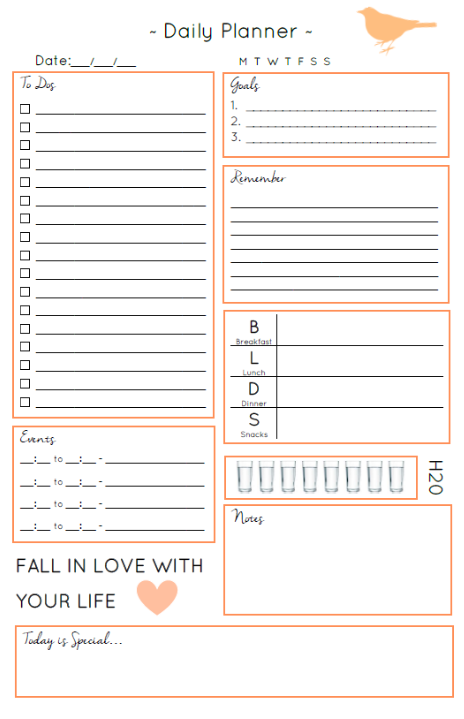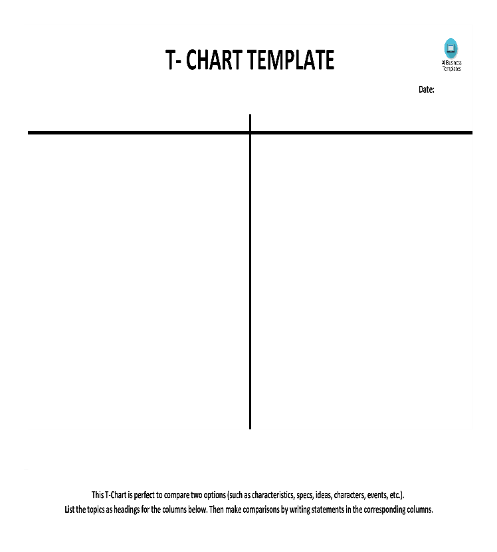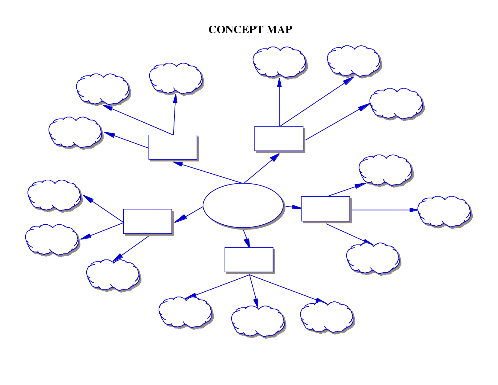At Home Strategies from Principal Nelson: Keeping It Simple

Many times it is challenging for families to find ways to support students with learning while at home. Don't give up. Research is clear. Students are more successful when families help support and promote education both at home and in the classroom. During our time with COVID, the support of families is more important than ever. In this article we will address two strategies that may be so simple that we often forget about how effective they can be for our kids: creating daily plans and making visuals to help organize our thoughts and what we're learning.
 Create a daily plan
Create a daily plan
Planning the day for students in important, especially for students learning remotely whose parents may not be able to be with them during the day. A daily plan is more than just scheduling, it includes to-do items for that day based on the items on the days schedule and can even include time for planning for events or lessons due at a later date. The use of a daily planner is also a great way to have your child list out any chores that you need them to accomplish for the day as well. Don’t forget, there are a lot of adults that need help structuring their day to ensure they get everything accomplished that they should. Creating a daily planner is a great way to help a 10-14 year old kid address everything they need to do, questions they need to ask a teacher, or keep track of what they have completed and what they have not completed.
Use Visuals – help them understand
Helping students understand is one of the more obvious remote learning tips for parents. Just this week I was helping my own 6th grade student study for her science test on the rock cycle and the different types of rocks. I could not help but notice that she was trying to memorize the study guide just as it was given to her. When I saw this, I knew that I needed to help show her how to not just memorize something and hope that the teacher asked it on the test exactly as he/she wrote it on the study guide, but I needed  to show her how to make connections between what she was learning so that she truly understood the material and could show her mastery of it on her test anyway that a teacher might ask. From reading a book to studying for a science test, we need to not teach our students, but help them understand.
to show her how to make connections between what she was learning so that she truly understood the material and could show her mastery of it on her test anyway that a teacher might ask. From reading a book to studying for a science test, we need to not teach our students, but help them understand.
Imagine this. You’re the parent of an elementary student helping your kid write an essay on their favorite cookie. To many of us, this we might be able to do pretty well. Now, imagine this. You’re the parent of a high school student helping them do some Calculus or make an analysis of Shakespearean versus Petrarchan meter. I can’t speak for you, but for me this might require that I learn alongside my child.
 Concept maps, T-Charts, flow charts, and Venn Diagrams all help both us and our kids see connections, identify similarities and differences, and organize our thoughts with material we are learning. The bottom line is that we don’t always have to teach them the material, but we do need to help them understand the material. The tools mentioned here all serve as great strategies to help us do just that.
Concept maps, T-Charts, flow charts, and Venn Diagrams all help both us and our kids see connections, identify similarities and differences, and organize our thoughts with material we are learning. The bottom line is that we don’t always have to teach them the material, but we do need to help them understand the material. The tools mentioned here all serve as great strategies to help us do just that.

